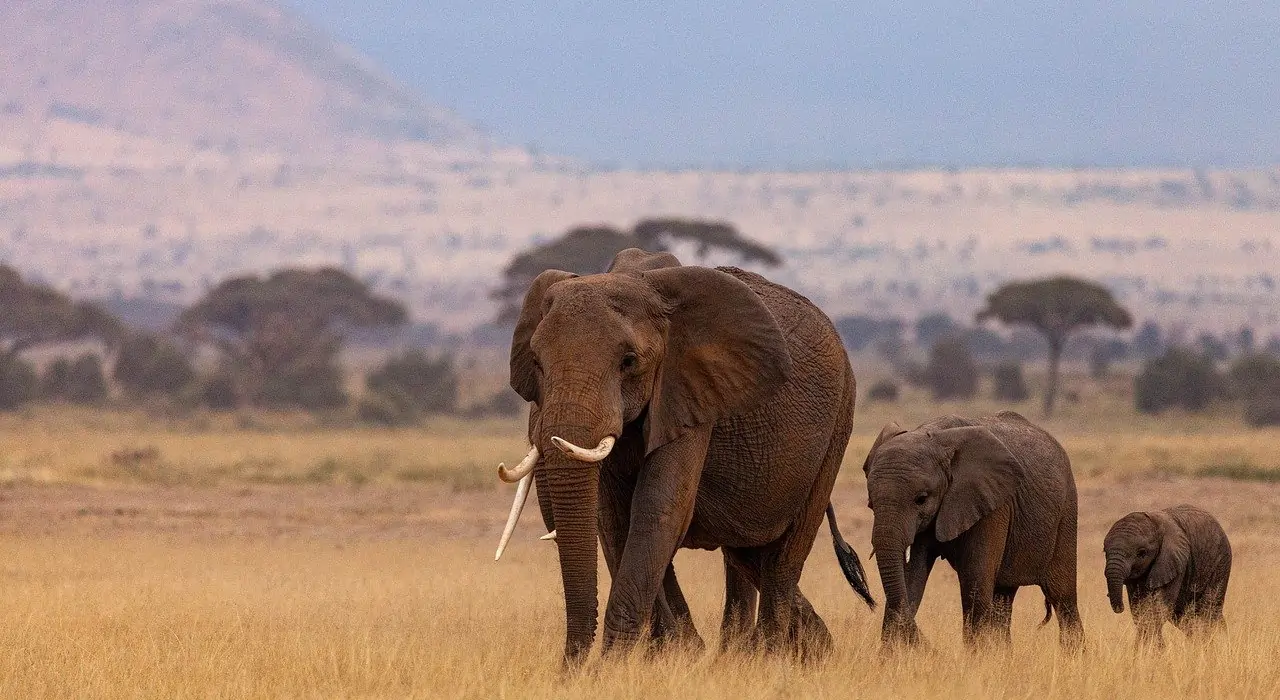Writing Task:
The number of animal and plant species in the world is decreasing year by year. Why is this the case? What can be done to solve?
Task Analysis:
This task is a “causes/issues to solutions” type. It first requires us to identify the main reasons behind the declining biodiversity and then asks for possible solutions to tackle the issue. Thus, this essay should cover two key parts to give a complete task repsonse: the causes (reasons for the decline) and the solutions (measures to address the decline).
For the causes, it’s normally best to list two or three — no more than three. You can either focus on one with examples for depth or discuss each equally, depending on your familiarity with the topic. Another principle is that the proposed solutions should address all the causes or issues presented. This ensures a complete task response, covering the problem completely and showing clear alignment between causes and solutions.
By the way, try the collocations I summarized in ‘Ten Groups of Essential Environmental Collocations in IELTS Writing‘.
Writing Sample:
There are fewer and fewer animal and plant species worldwide every year. This decline is caused by various factors, and it is important to address this issue with effective solutions.
Several reasons contribute to the decrease in biodiversity. The destruction of habitat, frequently brought on by agriculture and urbanization, is one important factor. Many species are forced to relocate or risk extinction due to the loss of natural habitats, which is caused by the expansion of cities and farmland. Furthermore, pollution is a major factor. Animals and plants can be poisoned by chemicals from waste and industries. This makes it harder for them to survive. Climate change is another critical issue, as rising temperatures and changing weather patterns disrupt ecosystems. Species cannot easily adapt to this drastic shift.
To deal with this problem, a series of measures can be taken. First and foremost, it is crucial to preserve natural habitats. More protected areas, such as national parks and wildlife reserves, where plants and animals can flourish unhindered by humans, should be established by governments and organizations. Education is also very important. People can be persuaded to make more ecologically conscious decisions by increasing awareness of the value of biodiversity. Last but not least, stronger laws governing pollution and environmentally friendly farming methods can lessen their negative effects.
All things considered, the steady decline in biodiversity calls for urgent attention. It could definitely be helpful to protect species diversity for future generations by addressing the underlying causes, such as pollution and habitat loss, and putting protective measures in place, like conservation areas and stronger laws.
